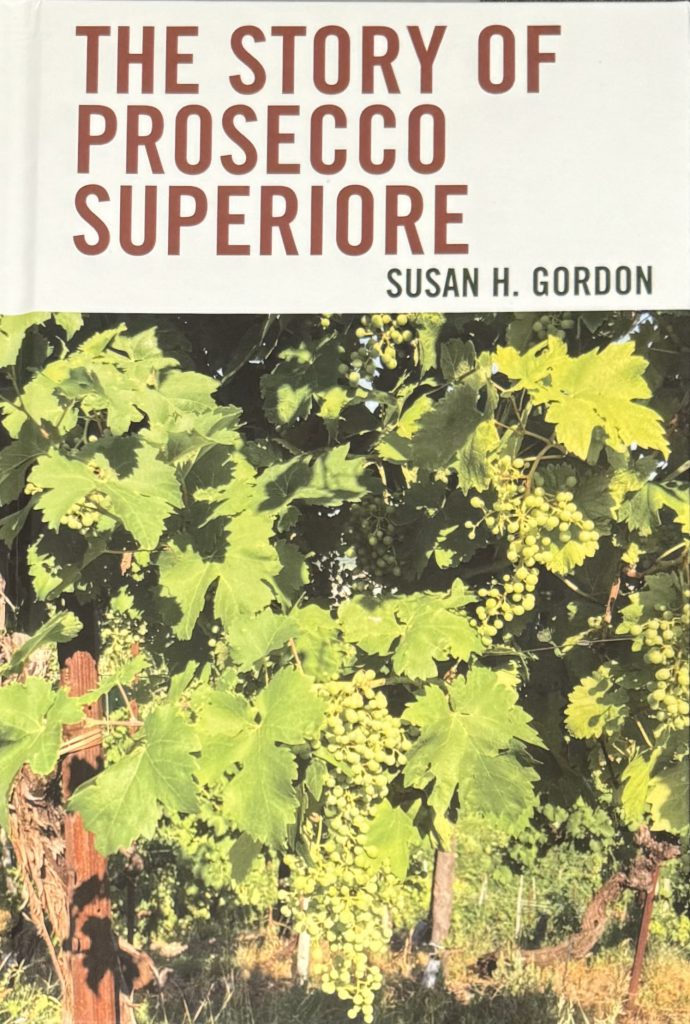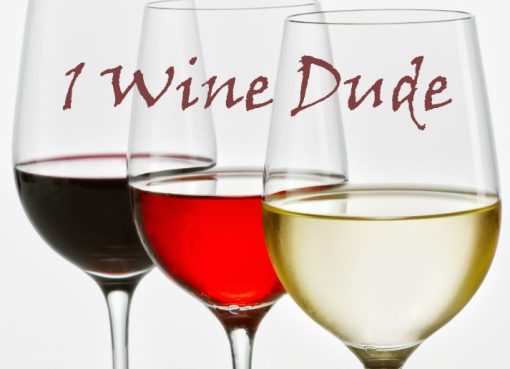Book Review: The Story of Prosecco Superiore

Ever since Mionetto imported Prosecco to the US at the turn of the century, wine journalists have been writing about this inexpensive, charming sparkling beverage. Indeed, there has been much to write about beginning with the spectacular rise worldwide in Prosecco sales. Then there was the radical change in legislation in 2009 that greatly enlarged the area within the Prosecco DOC, which now includes the low-lying plains in 9 provinces across the Veneto and Friuli-Venezia Giulia regions with 556 communes in total. Vineyards in this area are mostly cultivated and harvested mechanically, so production costs are low as is the price of the resulting product. At the same time, the new legislation created three DOCGs covering the “classical” growing area of Prosecco in hillside vineyards where by necessity cultivation and harvesting are done by hand and production costs are high. These DOCGs constitute Prosecco Superiore, and that is the region Susan Gordon writes about in her book, which began life as her doctoral dissertation.
Sparkling Prosecco was first produced in the early 1800s using the rifermentazione in bottiglia (methode champenoise, or methode traditionelle), but modern Prosecco only came about as the result of the development of the autoclave. The autoclave, or closed tank fermentation, was first invented by the French chemist Edme-Jules Maumené in 1852, adapted for commercial use by the Italian Federico Martinotti, and perfected for use with stainless steel by another Frenchman, Eugene Charmat, in 1907. The process of using a large tank for secondary fermentation is referred to as the Martinotti process in Italy and the Charmat process elsewhere. The combination of mechanized viticulture and the Martinotti process for carbonating the wine explains why Prosecco DOC costs so little.
Prosecco Superiore DOCG is made the same way as Prosecco DOC using the same grape variety (Glera), but its vineyards are quite different. They are located at higher altitudes with cooler temperatures and older vines with more genetic diversity from centuries of massal selection, resulting in wines that are more complex and have higher natural acidity. However, few consumers and, indeed, few wine writers know Prosecco Superiore and its outstanding producers, like Bisol, Bortolotti, and Nino Franco. Susan Gordon aims to educate us about Prosecco Superiore.
The name of Gordon’s book, The Story of Prosecco Superiore, is deceptive. This is not a simple story but, instead, a very serious treatise that goes into the geography, history, and culture of the Prosecco Superiore growing region. The book is dense, and reading it requires focused attention. However, for the serious connoisseur interested in Italian wine history, it is a very rewarding read. Of course, the book goes into detail about the work of Antonio Carpenè Sr, the guiding force behind the creation of Italy’s first school of enology in Conegliano, the Scoula Enologica di Conegliano, and the creator of Prosecco. But it also describes the region and its people in a way that inevitably leads the reader to begin planning next year’s trip to Conegliano and Valdobbiadene.

